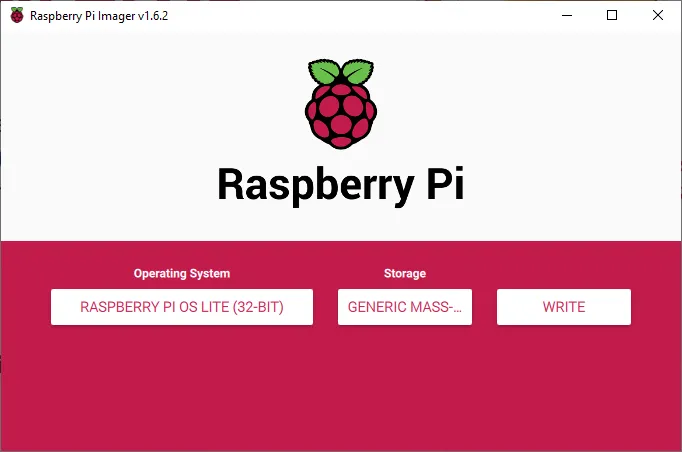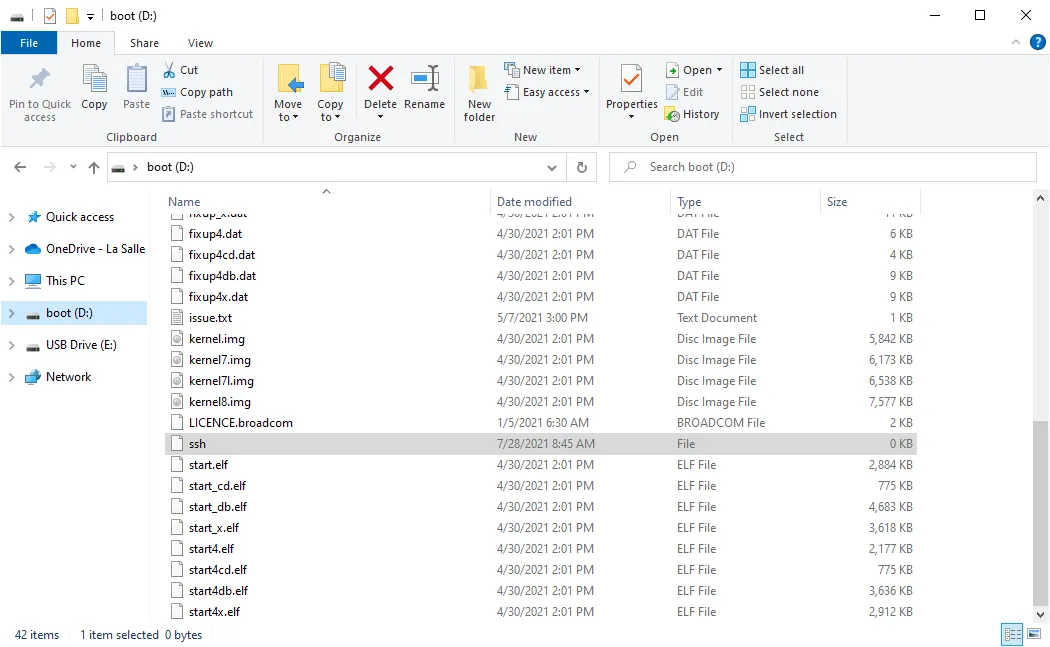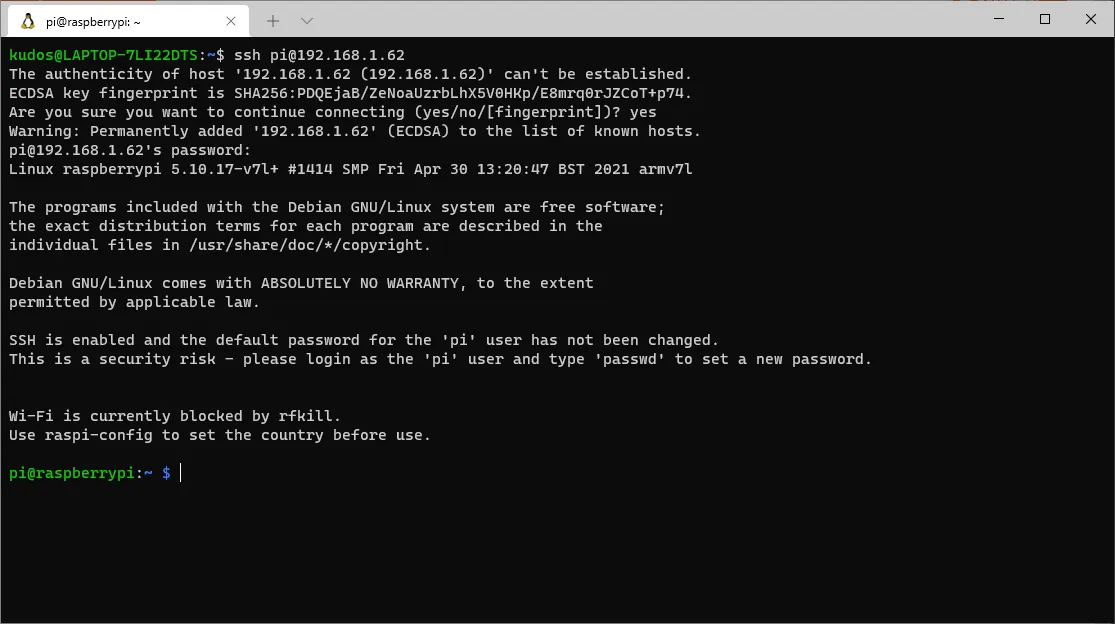How To Use Ngrok For Minecraft

Introduction
While I take talked about minecraft servers in the past on this website, I idea of something that could be more than accessible and easy to set up. While my AWS minecraft server using docker is past no ways advanced content, information technology does accept areas that are harder to navigate through for beginners. I believe this method of setting upwardly a minecraft server bridges the gap of accessibility, functionality and ease of use that many humble minecraft server admins are looking for, people who simply desire to spin up a server and have information technology running full time and so that they can connect when they desire, and non having to worry about VPS provider's free tier limits and pricing, port forwarding and static IPs.
If you lot already have a server running on your car and want to only open it up to the cyberspace using ngrok, skip ahead to this department.
That being said, allow's become to it!
Setup and materials
For this tutorial yous will need:
- A windows, mac or linux computer.
- Raspberry pi iv (At least 2GB model recommended, though it depends on how many people will exist on your server)
- 16GB or larger sd card
- Ethernet cablevision
- Power adapter for the pi
Firstly, install the Os on the pi. For this I use the official Raspberry Pi Imager.
Plug in your SD card to your PC, select the Bone you want to install, select the SD card that you plugged in (make sure it is the right one!) and hit write. Let it write and ignore any file explorer windows that may pop up.

I am going for the Raspberry Pi OS lite 32-bit version, since I have a 4GB raspberry pi. The low-cal version does not come with a desktop environment, and for the purposes of this tutorial information technology will not be needed, but experience free to install a version with the desktop surround if you adopt. Also, choose a 64-bit Bone if you take the 8GB model of the raspberry pi, in lodge to take full advantage of the pi's RAM.
Then once that is done, ignore any warnings windows may requite saying the drive needs to be formatted. Unplug and re-plug your sd card into your PC, open the drive labeled "kick" and create a file on the sd menu that you just imaged called "ssh" no extensions or anything. It should expect like this:

Plug your sd carte du jour into your pi, and connect the ethernet and power cables. Wait a infinitesimal for information technology to boot up and notice information technology's IP address. Y'all can practise that by visiting your router's configuration site or with software similar angry IP scanner. If you don't know what your router'southward IP is hither is an excellent article going over how to find it. In one case in that location and logged in, check the continued devices. For my router it looks similar this:

Once you take it's IP, ssh into information technology. If you are on mac or linux, yous can use the following command from your terminal: ssh pi@<ip-address> where <ip-accost> is the IP of the raspberry pi. If you are on windows, you can use software like Putty, insert the pi'southward IP into the address box and click connect. Blazon yes when prompted to.

The default password is "raspberry". Change the default password as soon every bit you log in past typing passwd and following the prompts.
Now update the pi using sudo apt update && sudo apt upgrade. This will take a few minutes. Once that is done, reboot the pi using sudo reboot at present and await a infinitesimal for information technology to come up back up. Once you connect to it again, you tin can move on to the side by side step.
Installing Dependencies
We will exist using this docker image to build our server. This is the same method I used for the AWS minecraft server method, and I dearest it since it makes the server easily maintainable and manageable. Thank you to the author and contributors of this github repository for the astonishing piece of work!
For this we will need to install a few things. Birthday this will accept around xv minutes, depending on your internet connexion.
Install coffee: sudo apt install default-jdk.
Download and install libseccomp2:
wget http://ftp.de.debian.org/debian/puddle/primary/libs/libseccomp/libseccomp2_2.4.iv-i~bpo10+1_armhf.deb Then install the downloaded file:
sudo dpkg -i libseccomp2_2.four.4-1~bpo10+1_armhf.deb This is the version that is about up to appointment as of writing this tutorial. You lot can bank check for the latest version and mirror links using this link: https://packages.debian.org/buster-backports/libseccomp2
Finally we demand Docker itself, and for this, run the following commands separately one subsequently the other:
-
curlicue -fsSL https://become.docker.com -o get-docker.sh -
sh ./get-docker.sh -
sudo apt-become install -y libffi-dev libssl-dev python3 python3-pip -
sudo apt-go remove python-configparser -
sudo pip3 -v install docker-etch
Give permissions to the pi user to run docker commands:
sudo usermod -aG docker pi And then reboot the pi (sudo reboot now) and log back into information technology. We should now be set to set up the server.
Starting up the server
Firstly, create a directory for the minecraft server and cd (change directory) into information technology:
mkdir minecraft-server && cd minecraft-server Create a docker-etch.yml file:
sudo nano docker-etch.yml Paste the post-obit contents into the file:
minecraft-server: prototype: itzg/minecraft-server container_name: minecraft-server ports: - "25565:25565" environment: Memory: 1G EULA: "Truthful" tty: true stdin_open: true restart: ever volumes: # attach a directory relative to the directory containing this compose file - ./minecraft-information:/data Keep in mind that by doing this y'all are accepting the minecraft EULA. To go out the file, hit ctlr+x followed by y and enter.
Over again, thanks to the creators of this minecraft image. If you want to see what other options and parameters you could play with, check out the github repository.
What is this docker-etch.yml file we only created? This file will tell docker how and what image to build. the kickoff line is the proper noun of the container, this could be annihilation, I chose minecraft-server and then that nosotros tin easily identify it. It is also again specified in line 3. the other of import parameters are the MEMORY under environment, and the volumes section.
The retentiveness is set up to 1 gigabyte, but y'all can change it, past for example typing 2G instead of 1G. Simply make certain information technology is less than your raspberry's full retentivity.
To run the server, simply blazon docker-compose up -d. So Docker will download the paradigm files and outset the container. Once the downloading has finished, you can bank check the status of your docker container using docker logs -f minecraft-server. If y'all run into the minecraft server startup logs, then it is working! To exit the logging view, hit ctrl+c.
You will too detect that a folder chosen minecraft-data has been created. This is where all of your server config files are located.
To cheque if y'all can connect to it, open upwards the minecraft application and type in your raspberry's IP address into the server address box when adding a new server. Refresh and if you see it come, it is working!
Opening your server to the net with ngrok
Firstly, yous will demand an account to apply ngrok. Sign up here.
In one case you accept an business relationship, back in the raspberry pi screen, change back to the home directory using cd ~, so download and extract ngrok with the following commands:
wget https://bin.equinox.io/c/4VmDzA7iaHb/ngrok-stable-linux-arm.tgz tar -xvzf ngrok-stable-linux-arm.tgz Test to see if information technology is installed by typing ./ngrok assistance. If you lot get a listing of commands that you lot can employ with ngrok, and so information technology is working properly.
And then configure ngrok to use your auth token with the following command:
./ngrok authtoken YOUR_AUTH_TOKEN The token can be institute on the ngrok getting started page.
Once yous run that command, you volition come across that it will create a ngrok.yml file containing your token. To configure the tunnel, you volition need to edit the ngrok.yml config file that was only created. It should be something like /abode/pi/.ngrok2/ngrok.yml.
Open up the file with nano:
sudo nano /dwelling house/pi/.ngrok2/ngrok.yml And add together the following code AFTER your authtoken:
tunnels: minecraft-server: proto: tcp addr: 25565 bind-tls: true console_ui: imitation To exit the file, hitting ctlr+10 followed by y and enter.
This configures your tunnel to utilize TCP, and open on port 25565, which is the minecraft port. It besides names the tunnel minecraft-server.
About done! Now yous will create a file that will enable ngrok as a service, so that it is enabled on kicking and it does non take up the foreground while ngrok is running.
sudo nano /etc/systemd/system/ngrok-client.service Paste the post-obit contents:
[Unit] Clarification=ngrok client Subsequently=network.target [Service] ExecStart=/home/pi/ngrok start --all -config /home/pi/.ngrok2/ngrok.yml Restart=on-abort [Install] WantedBy=multi-user.target Equally always, ctlr+10 followed by y and enter to save and exit.
And so run the following commands to enable ngrok as a service
sudo systemctl daemon-reload sudo systemctl enable ngrok-client sudo systemctl kickoff ngrok-client To check whether information technology is working: systemctl condition ngrok-client.service If you meet it is enabled, it is working!
To go the link to share with your friends to connect to the server, visit the ngrok status folio.
Here yous will run into all your tunnels:

Note that the link for the tunnel has a prepending tcp://. You lot should remove this when pasting it into the server address bar inside minecraft.
You are washed! Now with the server running and ngrok configured, y'all can disconnect from your ssh session and savour some Minecraft! To update the server to the latest version of Minecraft, you lot only demand to reboot the pi (bold y'all take configured the server following this tutorial). keep in mind that the ngrok tunnels will sometimes change name, then every fourth dimension y'all reboot the organisation, recheck the ngrok status page to become the updated link.
How To Use Ngrok For Minecraft,
Source: https://littlebigtech.net/posts/raspberry-pi-4-minecraft-server-no-port-forwarding/
Posted by: doylecamble.blogspot.com


0 Response to "How To Use Ngrok For Minecraft"
Post a Comment